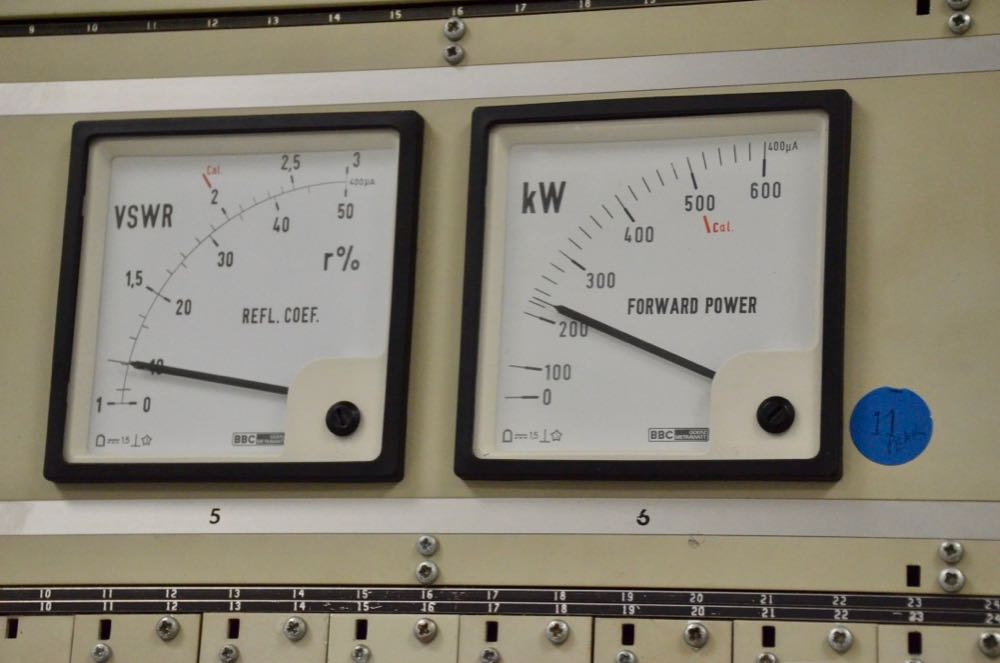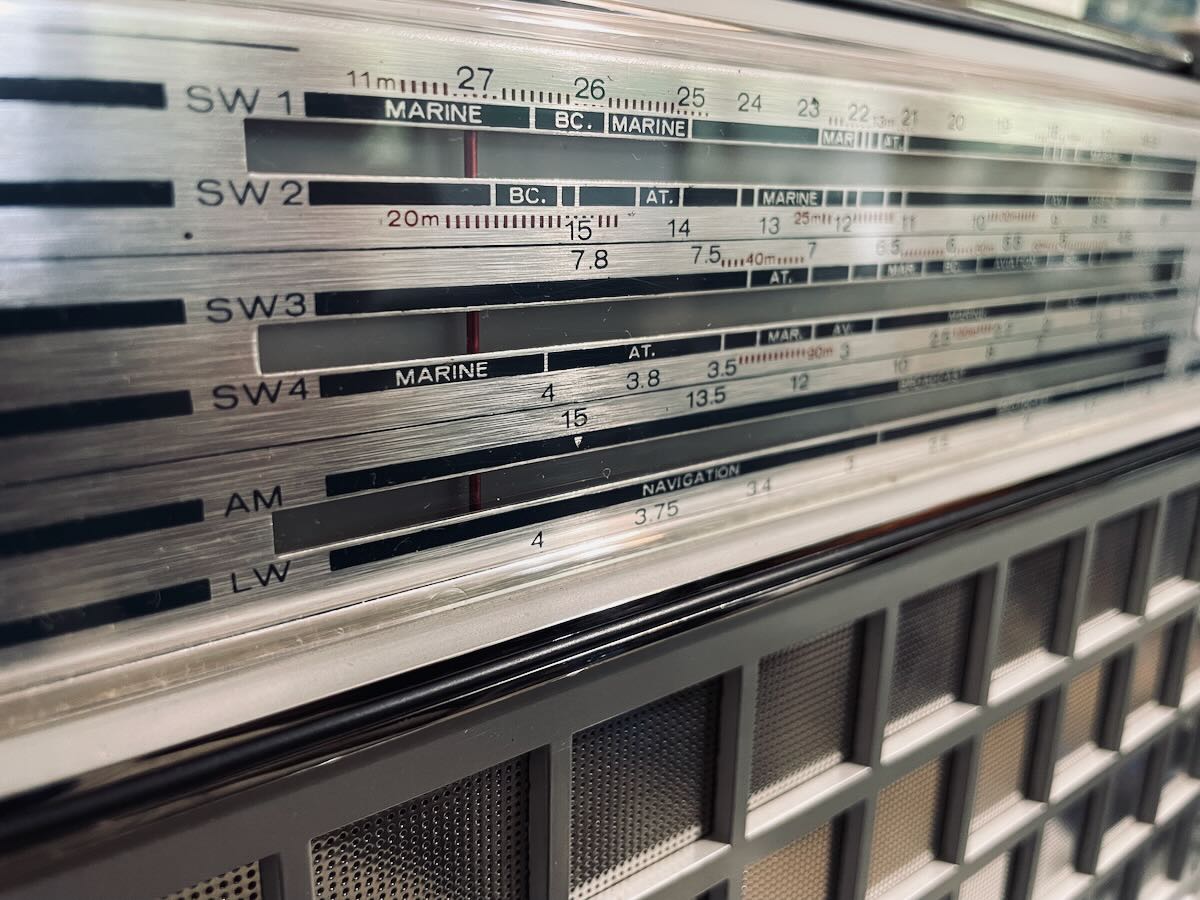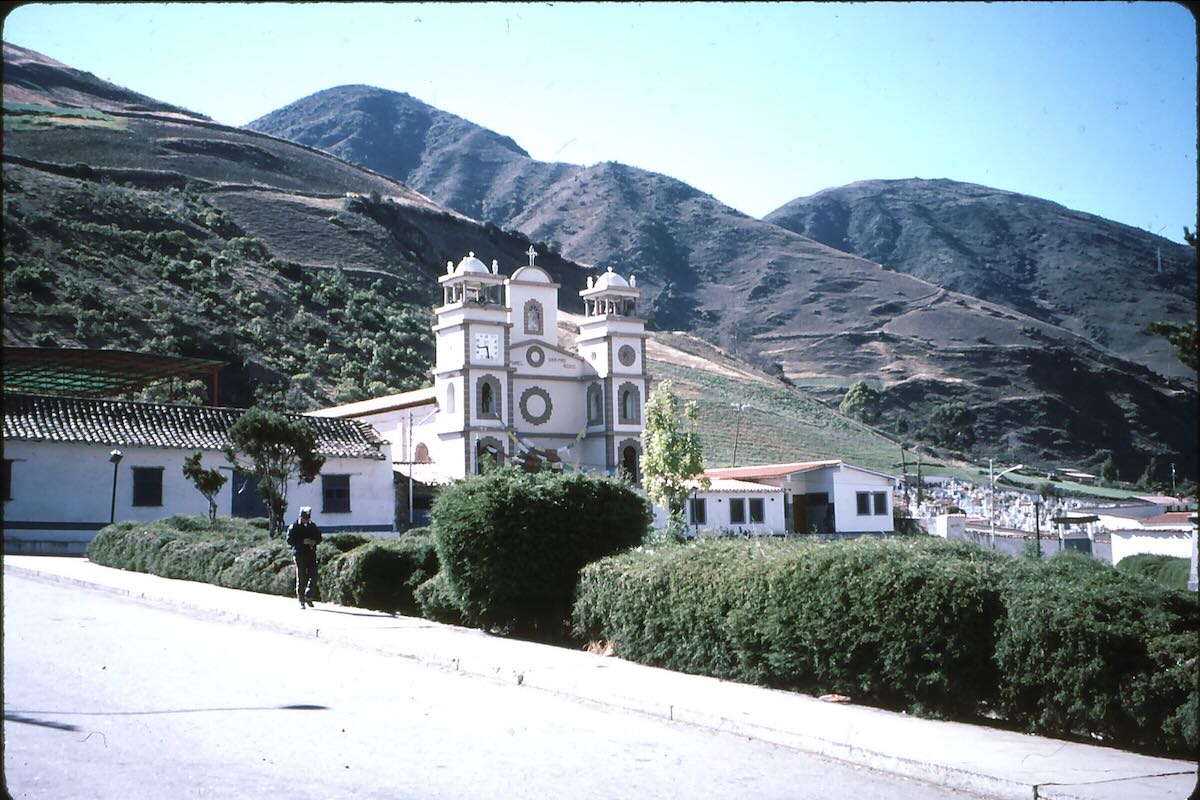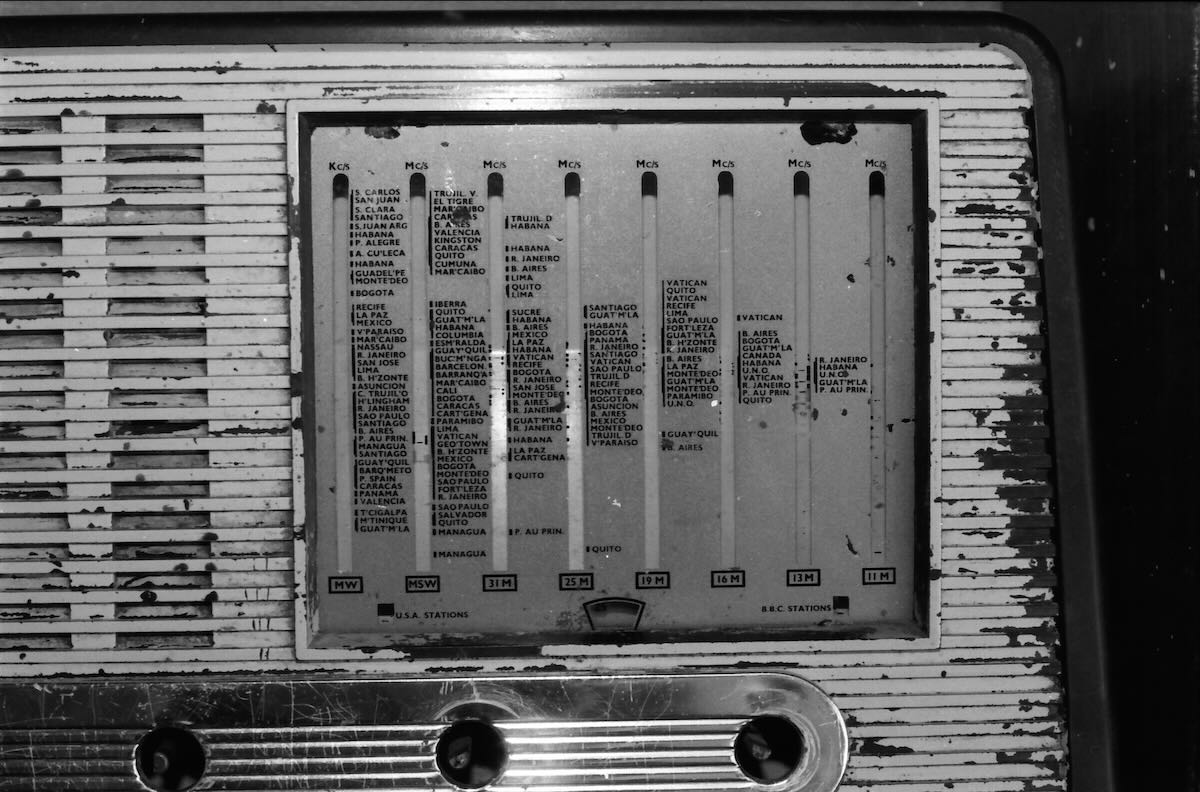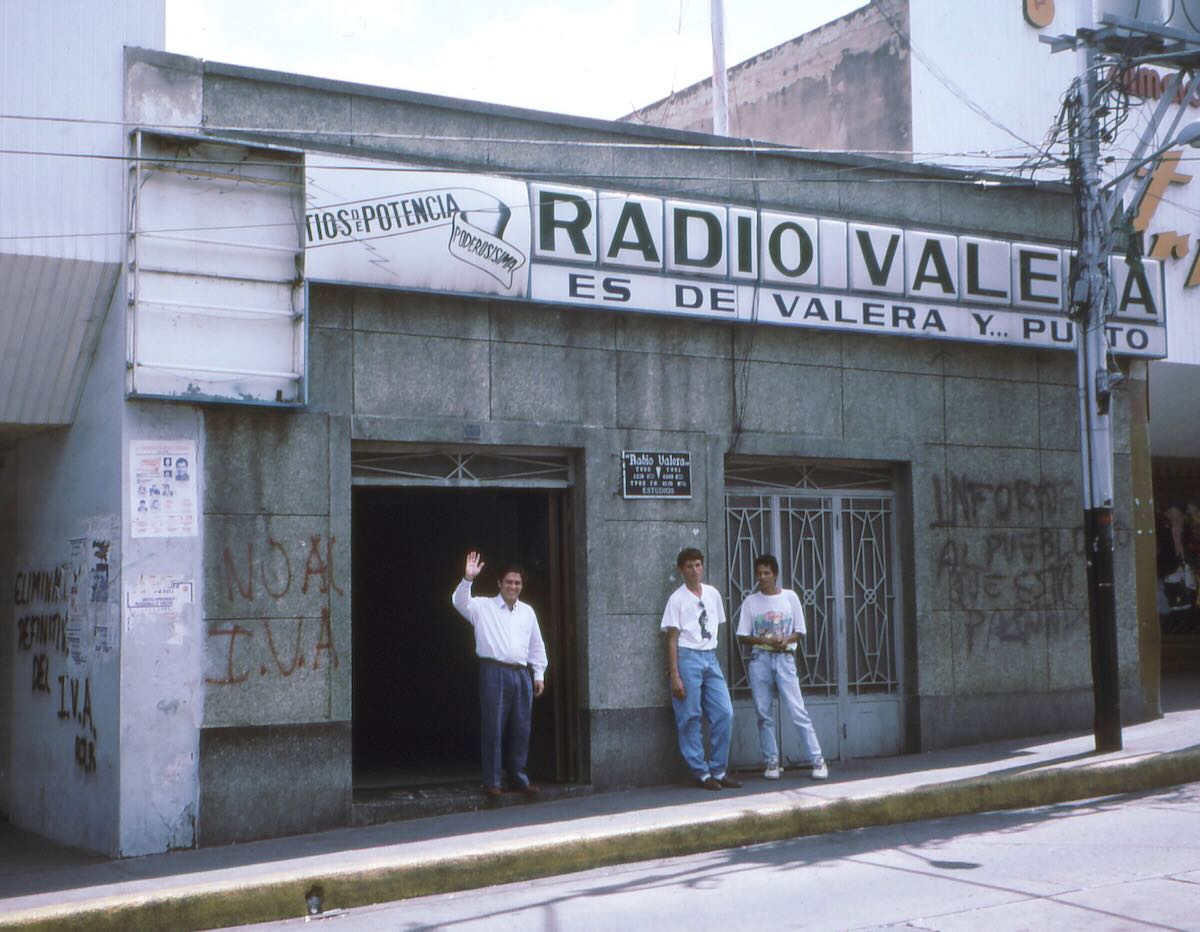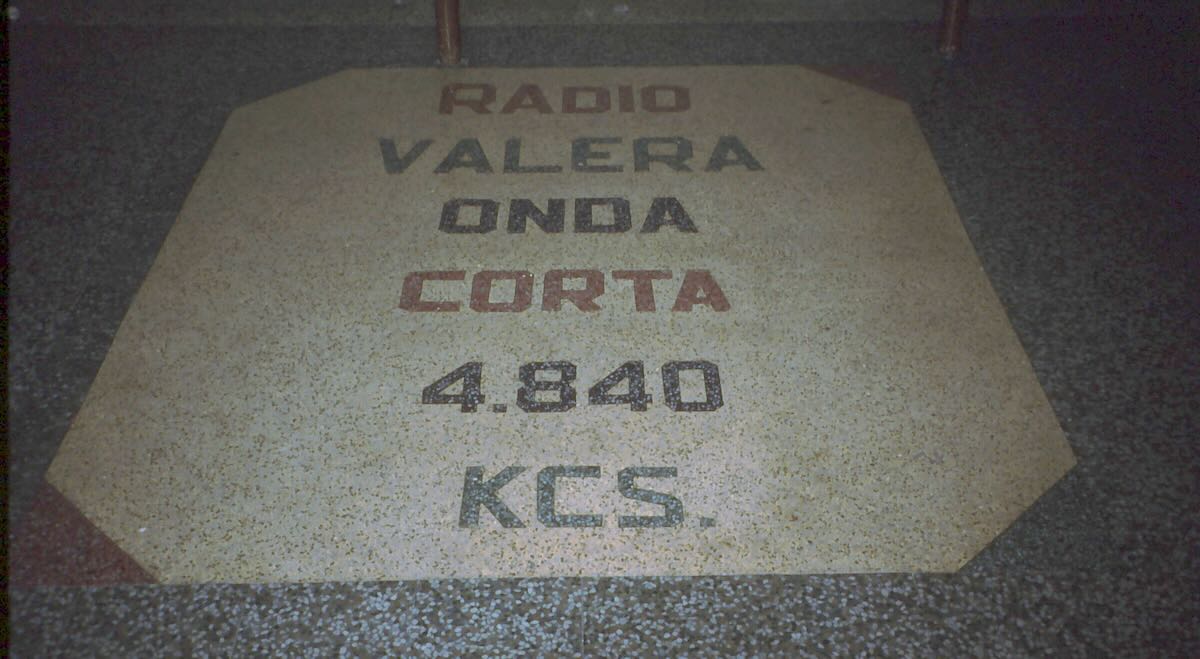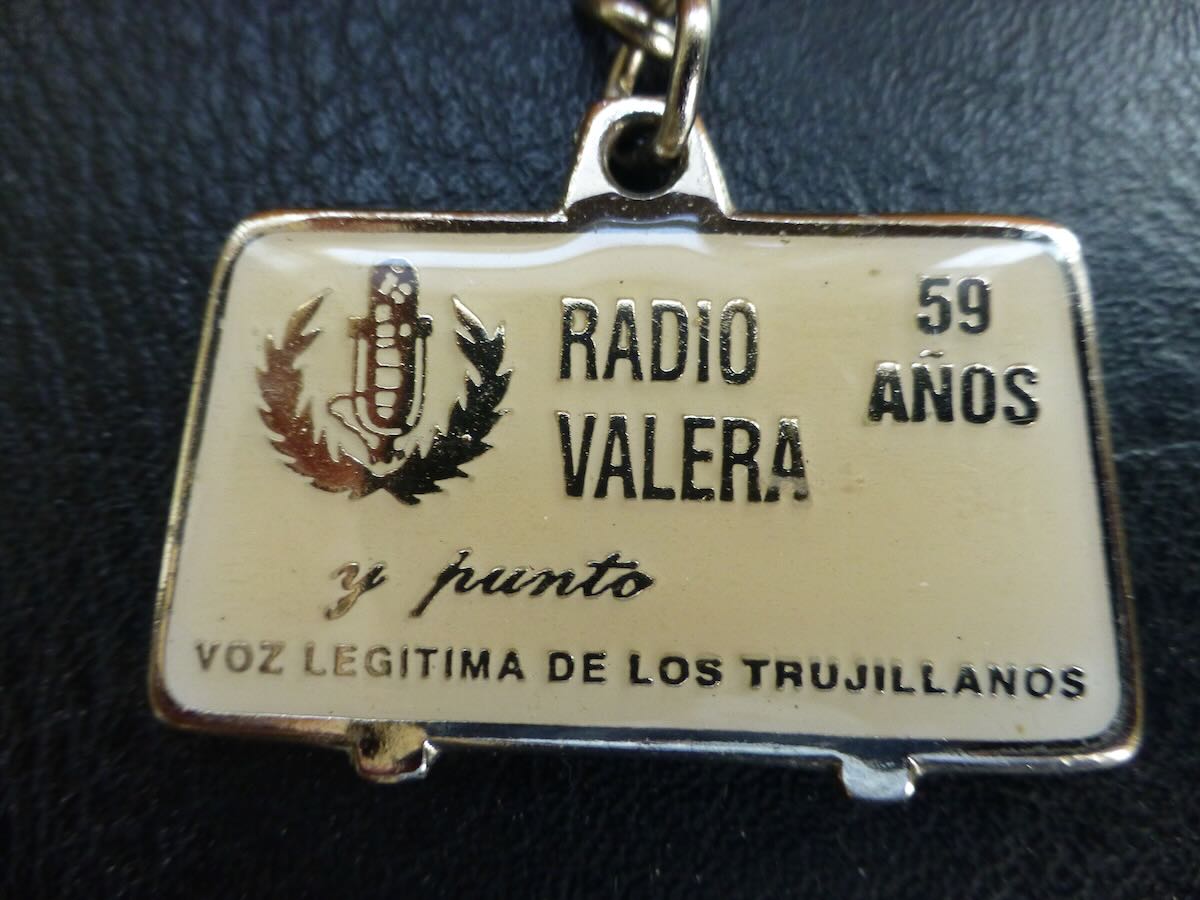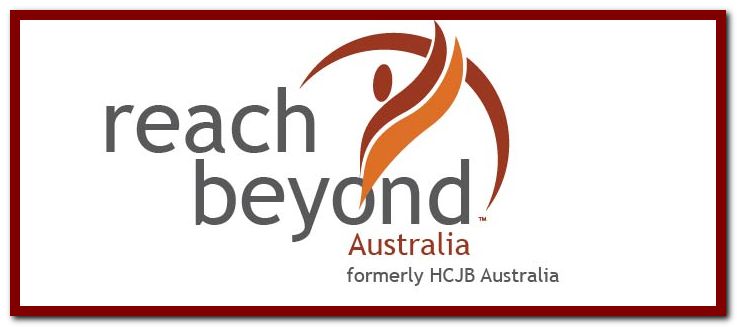Many thanks to SWLing Post contributor, Eric (WD8RIF), who notes that the 29th episode of TX Factor was recently released. Here’s the show summary:
Welcome to our new episode!
TX Factor Calling – TX date 8th July 2023
We’re beaming (almost) live across the airwaves with microwatts of broadband energy to bring you the long-awaited show 29 of TX Factor. In this programme we increase the power to a few tens of Watts when Bob, Dave and Noel head to the Wiltshire hills with a pair of Icom IC-905 all-mode transceivers to see what can be achieved.
Bob takes the TX Factor cameras to the heart of England to the UK’s last remaining shortwave transmission station and ramps up the power to a staggering 250 kilowatts. Woofferton, near Ludlow, is the home to some venerable Marconi senders from the 1960s still beaming programmes across the globe.
Oh, and there’s a free-to-enter draw – details below.


